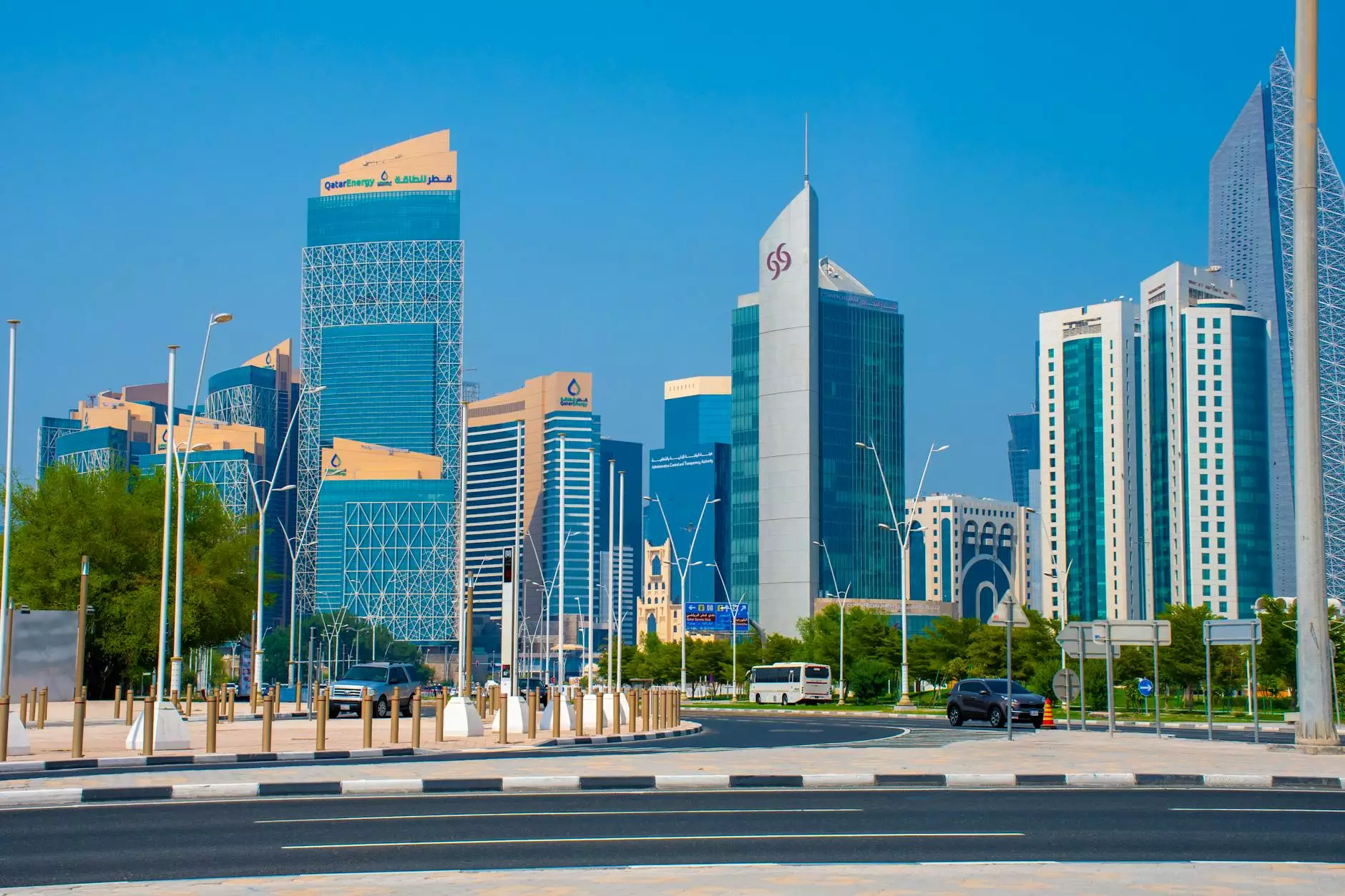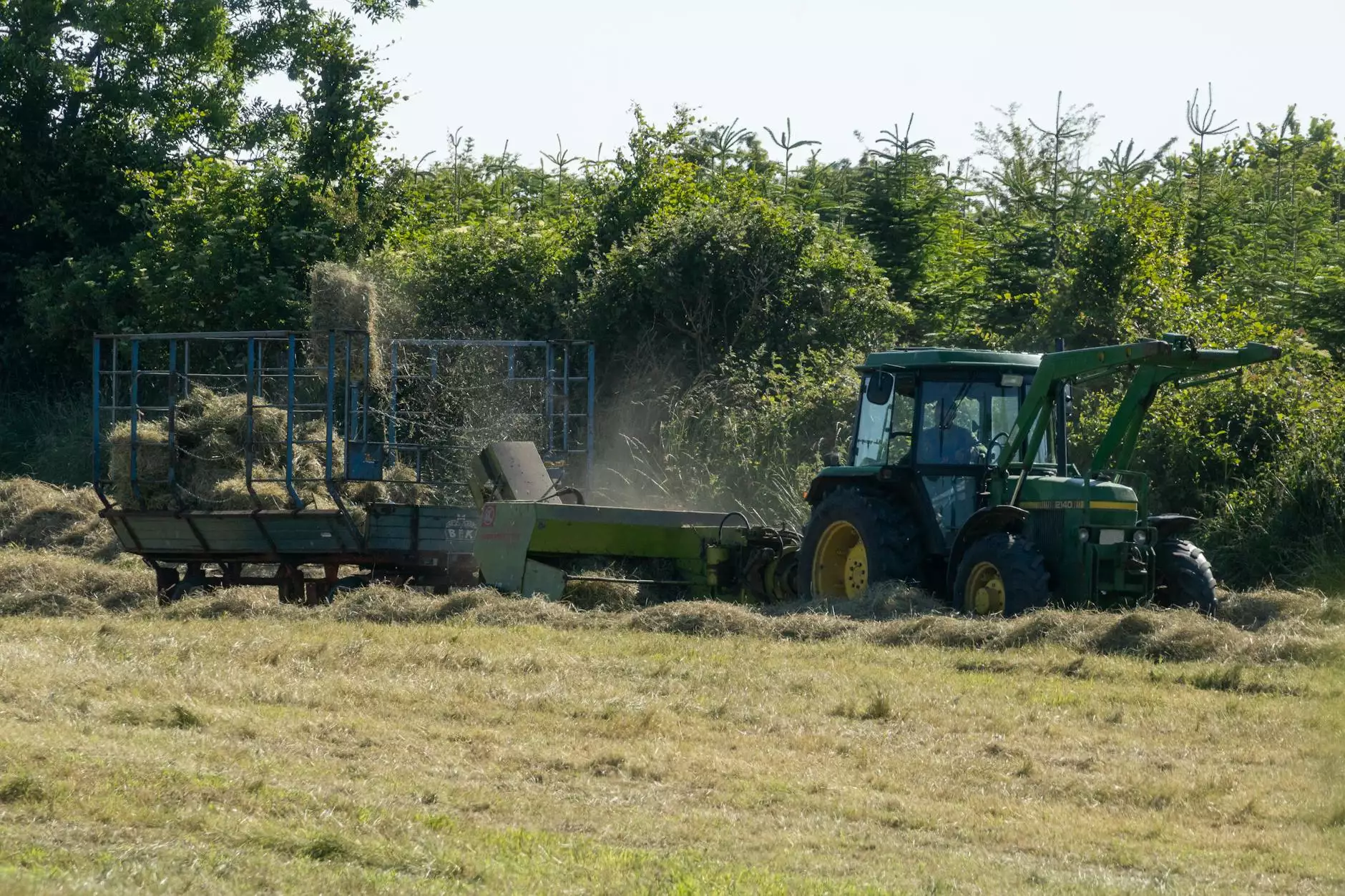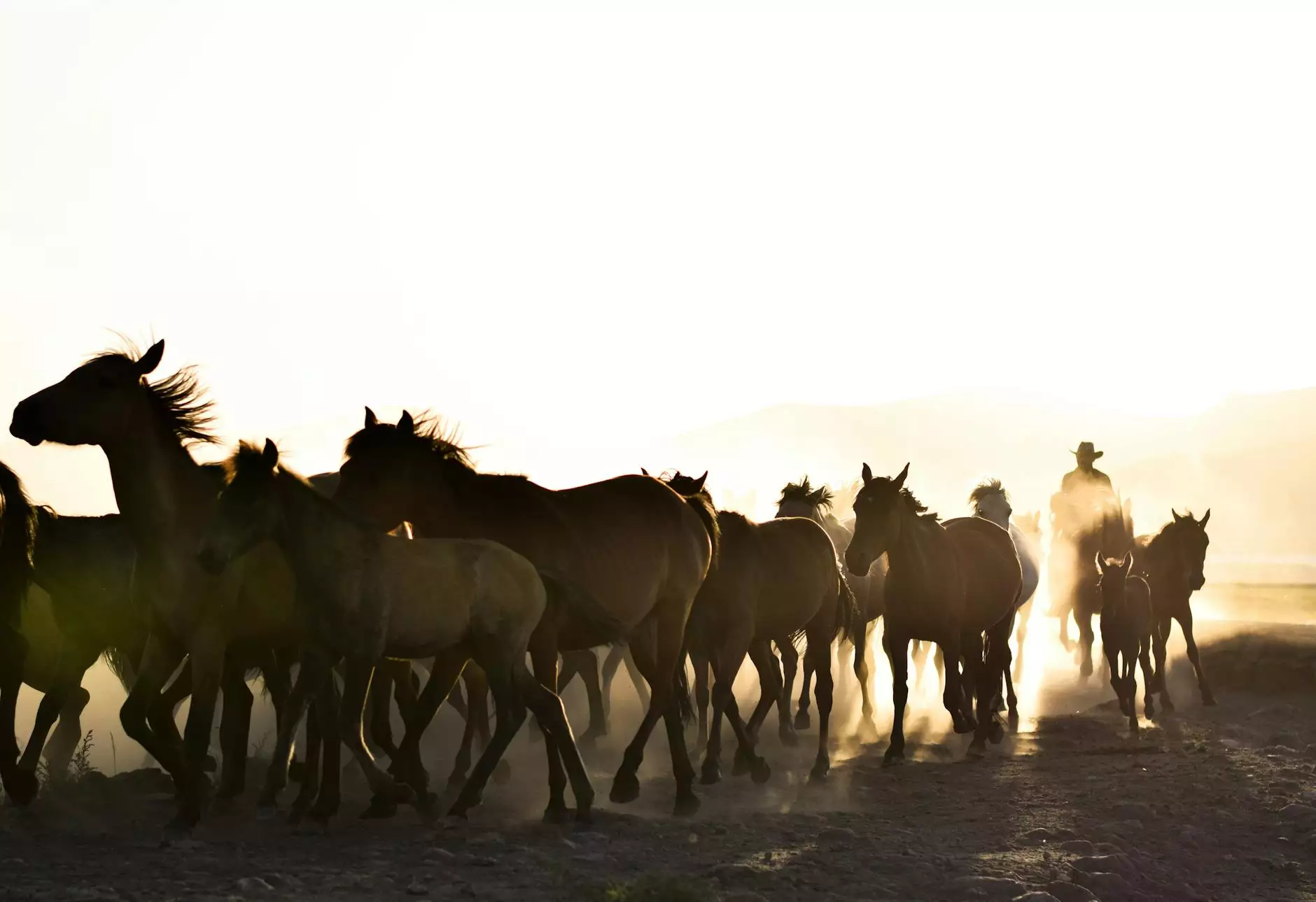Interesting Facts About the Kaaba

Introduction to the Kaaba
The Kaaba, a cuboid structure located in the heart of the Masjid al-Haram in Mecca, Saudi Arabia, holds an unparalleled status in the Islamic world. It is not only the direction towards which millions of Muslims face during their daily prayers, but it is also the centerpiece of the annual pilgrimage known as Hajj. In this article, we will delve into some interesting facts about the Kaaba, exploring its historical, spiritual, and architectural significance.
The Historical Roots of the Kaaba
The Kaaba is steeped in history, believed by Muslims to have been built by the prophets Abraham and his son Ishmael as a house of monotheism. Islamic tradition states that the site has been a place of worship since the dawn of humanity.
- Ancient Origins: While the exact date of the Kaaba's construction is unknown, it is thought to have been built over 4,000 years ago.
- Quraysh Tribe: Before the advent of Islam, the Kaaba was a center for various tribal worship, particularly adored by the Quraysh tribe.
- Destruction and Reconstruction: Various events, including natural disasters and human conflicts, have led to the destruction and subsequent reconstruction of the Kaaba throughout history.
Importance of the Kaaba in Islamic Faith
For Muslims, the Kaaba is more than just a historical monument; it is a vital part of their faith. Here are some key points highlighting its significance:
- Qibla: The direction of prayer for Muslims, known as qibla, is always towards the Kaaba.
- Hajj Pilgrimage: The Kaaba is a focal point during the Hajj, where millions of Muslims converge to perform rituals including circumambulation (Tawaf) around it.
- Symbol of Unity: The Kaaba symbolizes the unity of Muslims, as they gather from all corners of the globe to worship together.
The Architectural Marvel of the Kaaba
The architectural design of the Kaaba is not only functional but also deeply symbolic. Here’s a closer look at its features:
- Dimensions: The Kaaba stands about 13.1 meters (43 feet) high, with a width of 11.03 meters (36 feet) on the north side and 12.86 meters (42 feet) on the south side.
- Black Stone: Embedded in the eastern corner of the Kaaba is the Black Stone (Al-Hajar al-Aswad), an ancient stone that Muslims believe was sent down from paradise.
- Covering: The Kaaba is draped in a silk and cotton covering known as the Ghilaf, which is replaced annually and decorated with verses from the Quran.
Rituals Associated with the Kaaba
The Kaaba is central to many Islamic rituals and practices. Let’s explore some significant rituals:
- Tawaf: This involves circumambulating the Kaaba seven times in a counterclockwise direction, a practice that signifies the unity of believers in the worship of the One God.
- Sa’i: After Tawaf, pilgrims perform Sa’i, which involves walking seven times between the hills of Safa and Marwah.
- Umrah: Unlike Hajj, Umrah can be performed at any time of the year and includes similar rituals of Tawaf and Sa’i.
Modern Renovations and Preservation
As the number of visitors continues to grow, the Saudi government has undertaken significant renovations to ensure the Kaaba’s preservation:
- Structural Reinforcement: Modern engineering techniques have been implemented to reinforce the structure of the Kaaba against potential seismic activity.
- Gateway Expansion: The expansions of the Masjid al-Haram provide improved access and facilities for pilgrims, ensuring safer and more comfortable experiences.
- Technological Advances: Technology is utilized for crowd management and communication within the vicinity of the Kaaba during peak pilgrimage periods.
International Importance of the Kaaba
The Kaaba is more than a religious site; it is a global symbol of peace, unity, and spirituality. Its impact resonates worldwide:
- World Peace: The Kaaba is viewed as a beacon of hope for global harmony, attracting people from diverse backgrounds.
- Cultural Influence: The Kaaba influences art, architecture, and literature, inspiring countless works around the world.
- Interfaith Dialogue: The importance of the Kaaba has sparked conversations about religious tolerance and understanding among different faiths.
The Kaaba in Popular Culture
The Kaaba's prominence has led to its representation in various aspects of popular culture:
- Art and Literature: Numerous artworks and literary pieces draw inspiration from the beauty and significance of the Kaaba.
- Documentaries: Many documentaries explore the Kaaba's history, rituals, and its role in the lives of Muslims around the world.
- Music: Artists have composed songs and chants that center around the themes of pilgrimage and devotion related to the Kaaba.
Local Traditions and Customs Surrounding the Kaaba
In addition to its religious significance, the Kaaba is intertwined with local traditions:
- Kaaba from Afar: Many local customs involve prayers offered in the vicinity of the Kaaba, signifying the deep connection between community and spirituality.
- Cultural Festivals: Various festivals and events celebrate the spiritual importance of the Kaaba and its role in local culture.
Conclusion: The Everlasting Legacy of the Kaaba
The Kaaba stands not only as a monument of worship but as a symbol of unity and faith for millions around the globe. It transcends historical boundaries, influencing spirituality, culture, and consciousness. With its profound presence, the Kaaba continues to inspire awe and reverence, reminding humanity of the spiritual thread that connects all believers. The interesting facts about the Kaaba illustrate its central role in the hearts of Muslims and the wider world, marking it as a landmark of faith and devotion.
For more enriching content on travel and cultural insights, explore our Travel Blog on The Broad Life.









